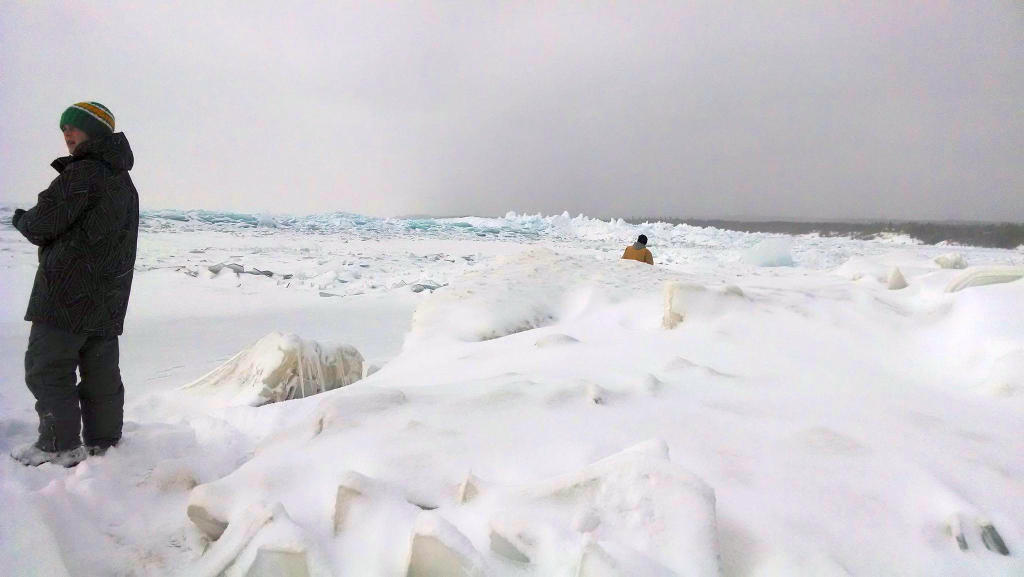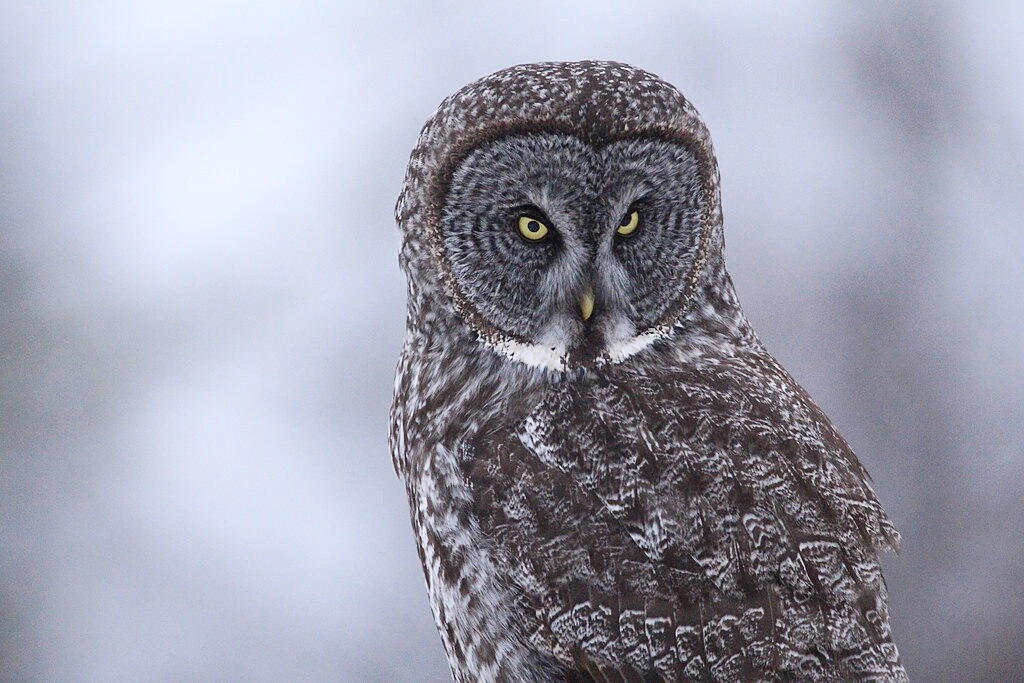
28 February 2025
Spring planting season is coming soon so now’s the time to make plans for your garden and gather materials to make it a success. It’s the perfect time for a Seed Swap!
On Saturday 8 March, 10:00a to 2:00p, the Carnegie Library of Pittsburgh will hold their annual Seed Swap and celebration at the Main branch in Oakland.
Celebration: Held in collaboration with Grow Pittsburgh and Phipps Conservatory, the 13th annual Seed Swap at Carnegie Library of Pittsburgh is a social and learning event featuring seed stories, conversations with gardening experts, hands-on activities for children and teens, and a selection of free seeds for the public.
Seed Swap: Gardeners are encouraged to bring their own untreated, non-GMO seeds to share, or pick up seeds donated by local gardeners, farmers and seed companies. A new batch of seeds will be released every half hour, and guests who bring seeds will be eligible to enter a raffle of fun items from Phipps Conservatory, Grow Pittsburgh and Carnegie Library of Pittsburgh.
— Celebration of Seeds description, Carnegie Library of Pittsburgh
Did you collect milkweed seeds last autumn? Bring them along to swap for something else.
Click here and scroll down to REGISTER for the free Seed Swap!
Quiz! Like milkweed, this plant’s seeds are attached to silky floss that bears them on the wind. What plant is this?



































